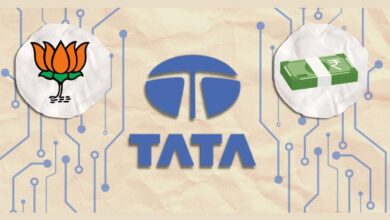Why Is U.S. Infrastructure So Costly, And What Can We Do About It?
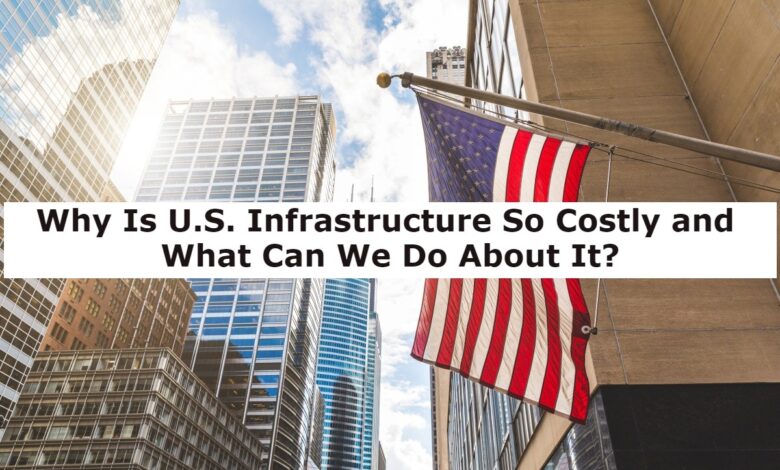
Why Is U.S. Infrastructure So Costly, And What Can We Do About It?
A huge network of infrastructure, including roads, bridges, freight rail, ports, electricity grids, and internet access, supports the $20 trillion U.S. economy. However, because the systems in place were constructed many years ago, delays and increasing maintenance expenses, according to experts, are slowing down economic performance.
Additionally, civil engineers express safety concerns, cautioning that outdated drinking water and wastewater systems endanger public health and that many bridges have structural flaws. While the U.S. is behind other industrialized nations in infrastructure spending, American peers abroad benefit from more effective and dependable services.
New private sector engagement models have been promoted by federal expenditure sceptics as being more effective and efficient. Others contend that in order to satisfy the nation’s expanding needs, there will need to be an increase in public spending.
The COVID-19 epidemic has caused a significant economic shock. Therefore, President Joe Biden has unveiled a comprehensive plan to restructure the country’s infrastructure. Congress authorized the greatest federal expenditure in decades in November 2021.
What role does infrastructure play in the U.S. economy?

According to economists, substantial infrastructure spending in the 20th century laid the groundwork for the country’s strong post-World War II economic expansion.
Additionally, as historian and engineer Henry Petroski explain in his book The Road Taken: The History and Future of America’s Infrastructure, subpar infrastructure can have a significant negative impact on the American economy.
Catastrophic failures, such as bridge collapses or dam breaches, pose a hazard to human safety. Still, poorly maintained roads, railroads, and rivers also result in billions of dollars worth of lost economic production.
Petroski estimates that the delays brought on by traffic congestion alone cost the economy more than $120 billion annually. Airports are still another bottleneck since they sustain 1.4 million jobs in the United States and hundreds of billions of dollars in tax revenue from foreign tourists.
However, some studies have concluded that the poor condition of the country’s airports results in delays and missed opportunities that cost the economy about $35 billion annually.
According to many observers, spending on both new infrastructure and ongoing upkeep would boost the economy. It would improve long-term U.S. competitiveness, cushion the economy from shocks, and generate jobs by boosting efficiency and dependability and reducing transportation costs.
In general, economists believe that investing in infrastructure has a strong “multiplier effect,” which means that the economic benefits outweigh the costs. According to a 2014 University of Maryland study [PDF], infrastructure spending increased GDP growth by up to $3 for every $1 invested, with the benefit being greater during recessions.
The State Of U.S. Infrastructure
American ports are overcrowded, its highways are full of potholes, and many of its bridges are in disrepair.
According to the American Society of Civil Engineers, which awarded the nation’s overall infrastructure a C- grade in its most recent report card, 43 percent of public roadways are in poor or mediocre condition.
All of this makes it difficult to maintain supply chain management and just-in-time shipping, which are both still experiencing bottlenecks connected to the epidemic.
Relief is on its way. A roughly $1 trillion infrastructure plan, which includes federal funding for roads, bridges, ports, and other things, was signed into law by President Biden in November.
However, other specialists are dubious about its influence. When the United States upgrades its infrastructure, it frequently spends significantly more than other countries for comparable projects but gets less-than-ideal results.
What can be done? Zachary Liscow, a professor at Yale Law School, Shannon Peloquin, a partner in McKinsey’s Capital Projects & Infrastructure group, and Adie Tomer, a senior scholar at the Brookings Institution, are the three experts we enlisted to speak on the topic. The debate was conducted by email, and the sections that follow were altered.
Complicated process
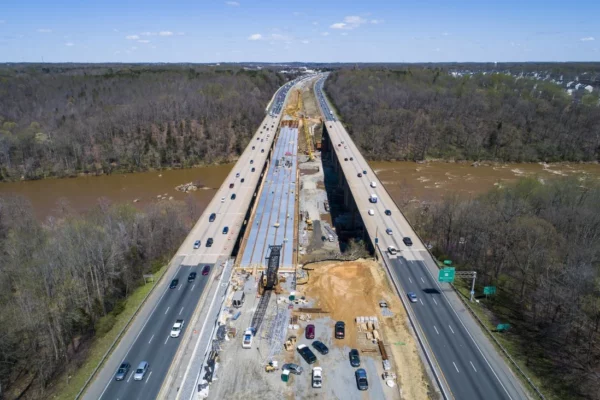
WSJ: The high cost of infrastructure in the United States is attributed to a number of factors, including environmental laws, labour laws, and the requirement for project approval at several levels of government. What do you think the principal causes are?
Professor Liscow: We still have a ton to learn about this issue! However, my research with Leah Brooks [an associate professor at the George Washington University] indicates that a rise in “citizen voice”—changes in laws, judicial precedent, and cultural norms that permit citizens to directly influence governmental decision-making—has probably played a significant role in raising the cost of building transportation systems.
We demonstrate that a mile of the interstate highway now costs significantly more to build in the United States than it does in other nations, with the cost having tripled between the 1960s and 1980s in real terms.
Areas with greater incomes (and probably more active residents) and more land-use-law disputes are associated with these cost increases. The largest increases were seen in these places. We believe that increased participation has played a significant role in raising prices, particularly the power that wealthy residents now have to halt projects until their issues are resolved, frequently through expensive revisions.
For instance, we notice wigglier roadways over time, as if highway planners are avoiding particular areas.
Increased public participation probably had many beneficial effects, such as a decrease in the neighbourhood effects, but it also most likely led to higher costs.
TOMER: Large-scale transportation initiatives like the Second Avenue Subway in New York are frequently used as examples of what’s wrong with American construction. However, my colleagues at the Eno Center for Transportation discovered that smaller-scale transportation projects that don’t need tunnelling or elaborate stations have substantially lower costs.
Other academics have studied the costs of building power plants in Europe and the United States, and the findings aren’t all that different.
PELOQUIN: “In the United States, infrastructure projects go through a complicated, handoff-focused set of procedures. Typically, the project owner defines the project and provides high-level needs and cost estimates at the beginning of the process.
After a protracted process of environmental approval and community involvement, a challenging private-sector consortium finally delivered the project.
Due to each institution addressing its own interests and a specific stage of the project, there is less accountability for delivering the infrastructure’s intended advantages on time, which results in walled, delayed decision-making”.
Additionally, the construction sector continues to lag behind other sectors in terms of productivity gains; digital tools that could be used throughout the value chain to improve transparency, cut down on waste, and eliminate wait times are lacking; and planners and delivery teams aren’t being pushed to work more closely together.
Instead of brushing issues under the rug until they become too big to ignore, doing so might lead to early risk assessment and problem-solving.
A cross-functional, multistakeholder team that can build and retain trust and focus throughout the project’s lifespan is a key condition for making this happen.
PROF. LISCOW: Having a clear view of where money is actually going at each level of the project development process, from project conceptualization to project putting out to bid, to final bids, to final project spending, would be very beneficial.
This would give the federal government, academic institutions, the media, and concerned citizens additional ability to promote cost-cutting measures.
PELOQUIN: Considering the Bipartisan Infrastructure Law, the complexity and scope of what we anticipate from the public sector are outstanding.
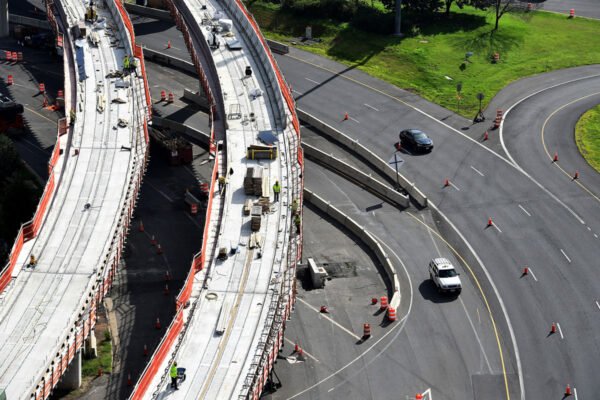
There is a dearth of support in terms of professional development, training, and money when it comes to implementing cutting-edge new capabilities, such as advanced analytics and integrating predictive maintenance into the core of crucial agency operations.
There has to be more encouragement for the public sector to innovate and experiment as opposed to a system that is currently oriented to reducing risks at all costs and needing significant precedent to do something differently.
Change is hard
WSJ: How many of these problems are specific to the United States?
TOMER, MR. There is little doubt that many who are paying attention to the infrastructure-cost issue find the US permitting process to be problematic. Obama’s, Trump’s, and now Biden’s administrations have all tried to use executive tools, particularly accelerated reviews, to address the issue.
The problem is that in order to make structural changes to the National Environmental Policy Act, one of the core environmental laws, congressional permission is required. Local and state laws must be followed by smaller projects that are wholly funded by local or state funds.
International context comparison is quite challenging. Social policy regulations are frequently extremely different from legal environments.
How does a nation handle social benefits, such as health care, and how does that affect labor costs? How much insurance must a company involved in construction carry?
PELOQUIN: The favored time and materials contracting method in the United States contrasts with the service-level-focused agreements that govern infrastructure projects in Europe.
We utilize a system that almost by definition permits change orders to direct project development and delivery, as well as asset performance, rather than focusing on the results we want the infrastructure to produce, given the limited validity of early project-cost estimates.
In most transportation departments, a sizable portion of the routine highway and bridge repair work is contracted out to engineering and construction companies. There is no reason to consider design uniformity, template-based design, design-to-value, etc.
Additionally, because the engineering work is contracted out, DOTs lack the expertise or capacity to implement this new method of working themselves or to encourage year-over-year growth in their delivery partners.
Individual vs. team dynamics
WSJ: Are there methods used in other countries to reduce or control infrastructure expenses that the United States should adopt?
PELOQUIN: I believe it would be widely used and simple to embrace on a worldwide scale if it were as straightforward as a management practice or standard.
In the US, there are two key dynamics that raise expenses and favor individual protection over team success:
1) Project completion is not the responsibility of a single leader (this is especially acute for megaprojects). It is practically difficult to guarantee that you have a politically durable set of project objectives and trust in the operational environment to lead project delivery because projects frequently last longer than political appointments or election cycles.
2) There are a lot more approaches than there are to encourage project development. It is much simpler to stop or delay a project than it is to demand that people not only be on board at the beginning but also stay on board, regardless of whether it is the National Environmental Policy Act at the federal level or the California Environmental Quality Act at the state level.
TOMER: I fully agree with Shannon’s observations.
PROF. LISCOW: I don’t believe there is a straightforward solution. Just our legal culture in the U.S. contributes to some of what is happening. And it’s difficult to change that. The public demands to be heard at various times, and courts have recognized this. But we should undoubtedly be discussing whether or not this should change.
Achievements and failures
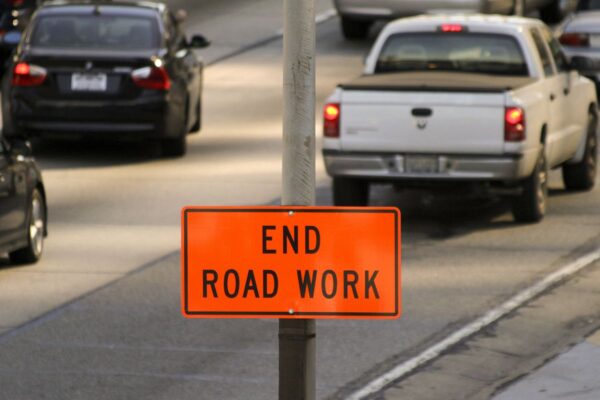
TOMER: There are countless outstanding infrastructure projects in America. I recently learned of an incredible effort being carried out by Milwaukee’s wastewater company to clean the city’s riverbeds and use the fill to add additional valuable coastline. Property, resiliency, and equity bingo, that is.
I believe that bike lane networks should be developed in every American city. They have an established track record of supporting small businesses and real estate development, are reasonably inexpensive, and can be combined with safer street designs. Just consider the accomplishments in places like Portland, Oregon, and Washington, D.C.
Sadly, there are many cases of bad infrastructure as well. The $2.8 billion Katy Freeway expansion project in Houston increased the highway’s capacity from eight to 23 lanes, ostensibly to ease traffic. But almost immediately after the expansion began, traffic backed up on the freeway.
PELOQUIN: The Indianapolis Bus Rapid Transit is among the best examples that spring to mind. It is a very economical way to provide public transportation to a city that lacks it. Another illustration of this is the streetcar in Kansas City.
Another intriguing project under development is Brightline, a passenger train line in Florida. Brightline flips the script on conventional contracting methods by allowing the private sector to deliver risk and using real estate funds to pay for passenger service.
PROF. LISCOW: The growth of transit-oriented development makes better use of the current infrastructure. It is effective because it modifies how we use our current resources to get a lot more out of them and does not come at a significant expense to the public (in fact, it frequently increases tax collections). People can commute to work more quickly, and we receive more housing that is desperately needed.
To achieve our objectives, from increased economic mobility to lower greenhouse gas emissions, America still needs to develop. I’m optimistic that the United States will continue to be able to build the things, big and little, that we need now that we’re paying more attention to these concerns.
Edited by Prakriti Arora

